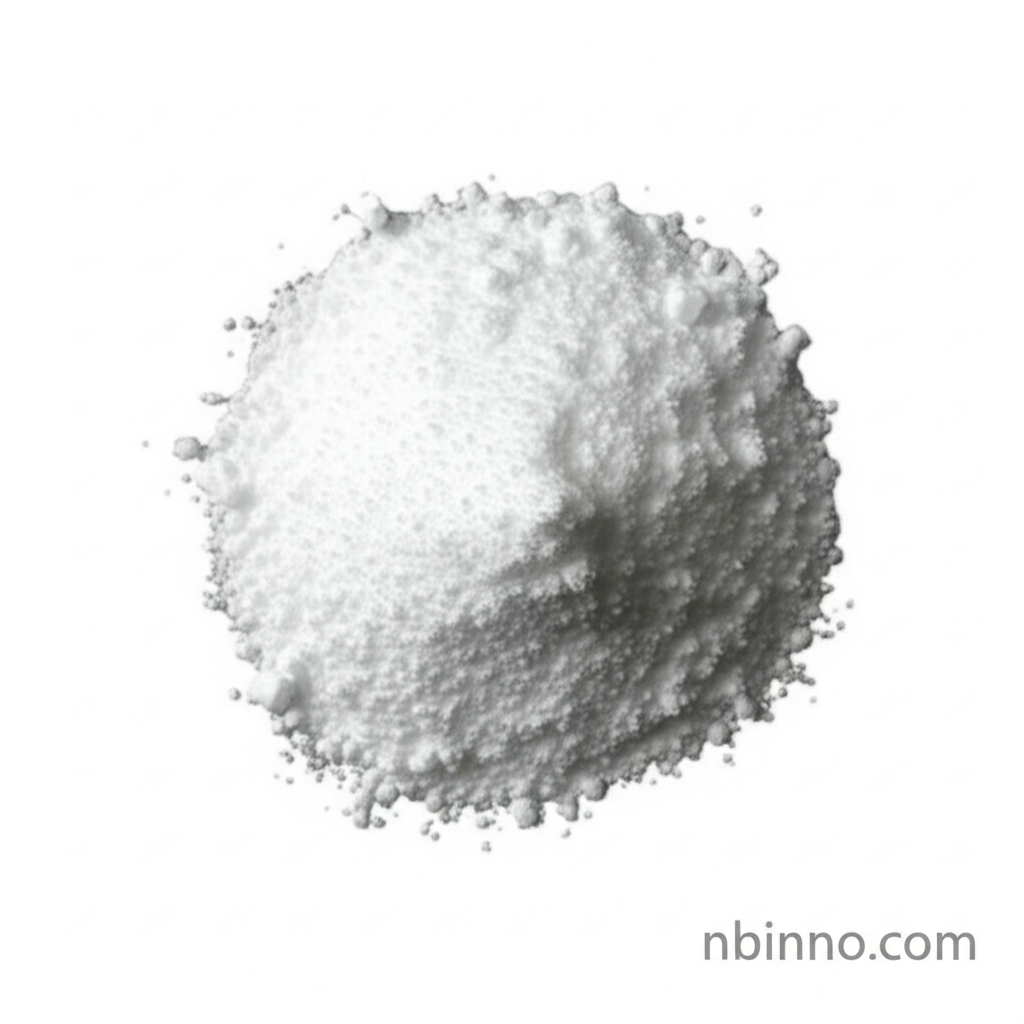4-Ethyl-4'-Iodobiphenyl (CAS 17078-76-1): A Versatile Intermediate for Advanced Applications
Discover the key chemical intermediate driving innovation in OLEDs and organic synthesis.
Get a Quote & SampleProduct Core Value

4-Ethyl-4'-Iodobiphenyl
4-Ethyl-4'-Iodobiphenyl is a crucial organic compound characterized by its biphenyl structure, featuring an ethyl group and an iodine atom. Its unique chemical properties make it an invaluable building block in various advanced applications, particularly in materials science and organic synthesis. We ensure high purity for demanding research and development projects.
- Discover the synthesis pathways for 4-Ethyl-4'-iodobiphenyl to optimize your chemical manufacturing processes.
- Explore the diverse properties of CAS 17078-76-1, essential for understanding its application potential in new material development.
- Leverage this key intermediate for your organic synthesis needs, facilitating complex molecular constructions.
- Investigate the use of ethyl iodobiphenyl derivatives in the advancement of OLED technology and other photoelectric materials.
Key Advantages Offered
Enhanced Reactivity
The iodine substituent on the biphenyl structure provides excellent reactivity for nucleophilic substitutions and coupling reactions, crucial for effective organic synthesis of complex molecules.
Material Science Potential
As a critical component in the development of novel materials, 4-Ethyl-4'-iodobiphenyl is instrumental for advancements in OLEDs and photoelectric applications.
High Purity and Quality
We provide high-purity 4-Ethyl-4'-iodobiphenyl, ensuring reliable and consistent results for your custom synthesis and research projects.
Key Applications
Organic Synthesis
Utilize this compound as a versatile building block for creating complex organic molecules, essential for pharmaceutical and fine chemical industries.
OLED Materials
Its unique structure makes it a prime candidate for developing next-generation Organic Light-Emitting Diodes (OLEDs) and other advanced electronic materials.
Photoelectric Materials
Explore its role in creating innovative photoelectric materials that are vital for emerging technologies in energy and electronics.
Research and Development
A valuable reagent for academic and industrial research, facilitating studies in medicinal chemistry, materials science, and chemical methodology.
